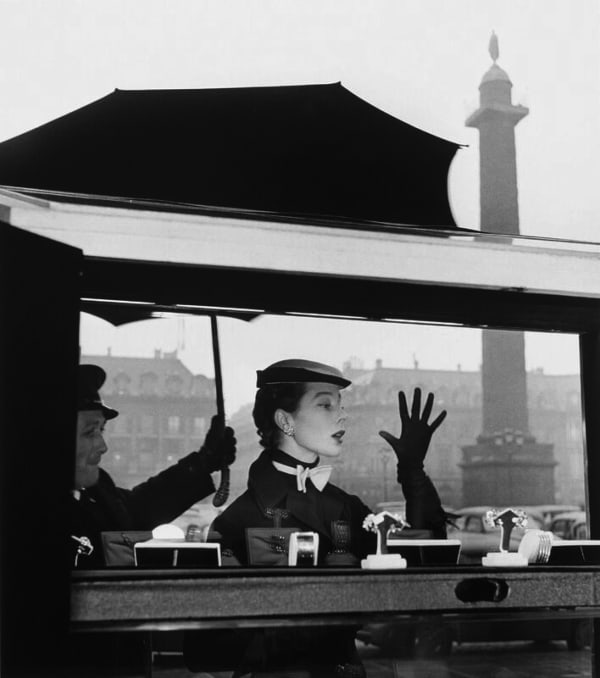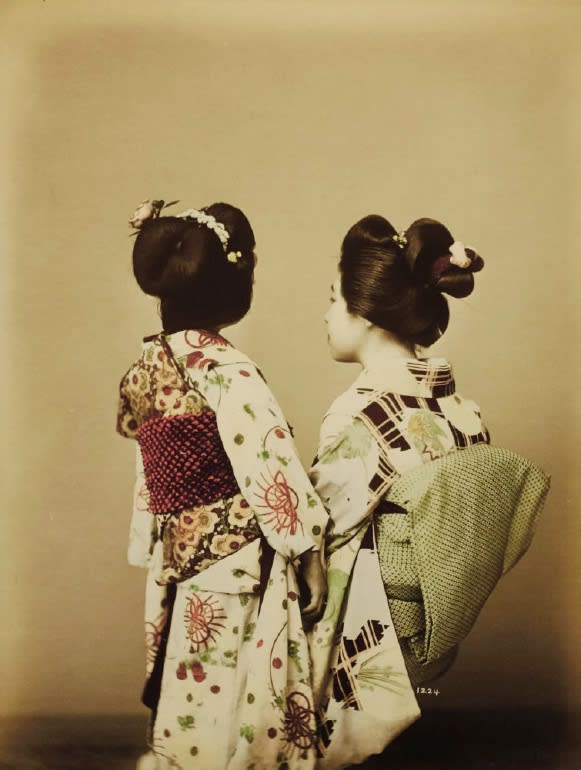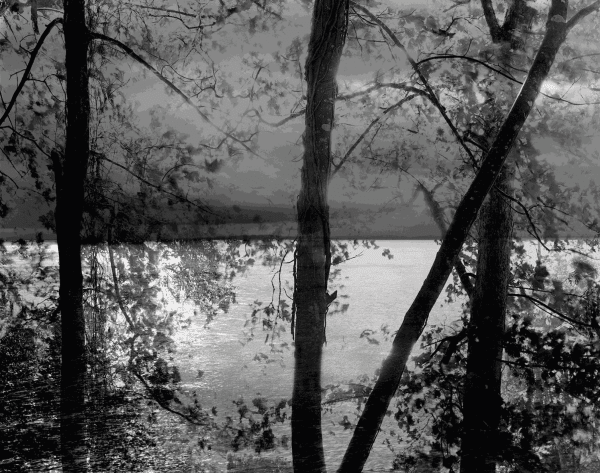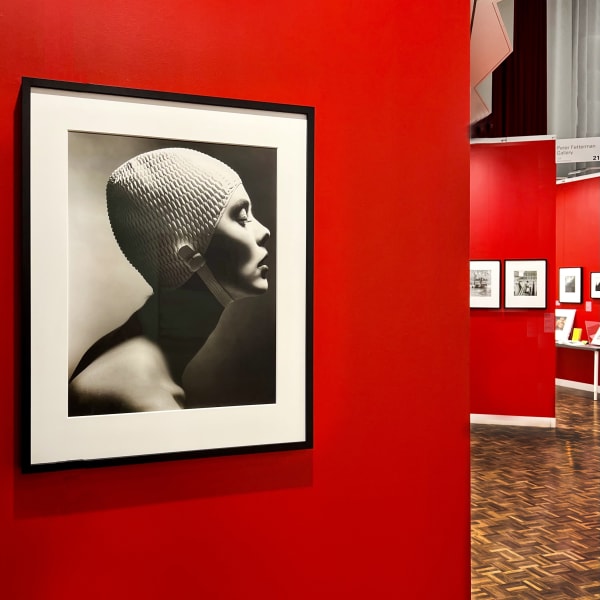Current
Past
-

" Presents Galore "
The Holiday Photo Fair at PFG - 11am-5pm - This Saturday 16th December Please join us at the gallery this Saturday for 'Presents Galore' The Holiday Photo Fair at PFG Saturday 16th December 11am-5pm Come and experience the Joy and the Power of... Read more -

Nicholas Hughes
(British b. 1963) 6 Dec 2023 - 31 Jan 2024 Read more -

PHOTO BASEL 2023
12 - 18 Jun 2023 Read more
-

The Eye of the Collector
at Two Temple Place, London 17 May - 20 Jun 2023 Read more -

Photo London 2023
at Somerset House 11 - 13 May 2023 Read more -

The Power of Photography in LONDON
8 - 8 Feb 2023 Peter Fetterman Gallery at Cromwell Place Gallery One, Building No.1 Cromwell Place, London SW7 2JE Contact Kate Stevens: Mobile or WhatsApp +44 7766 684300 kate@peterfetterman.com VIP Preview 6-8pm... Read more
-

A Beautiful World:
The Power of Nature 11 Jan - 20 May 2023 Read more -

A Winter Wonderland
Celebrate The Power Of Photography for the Holidays 28 Nov - 16 Dec 2022 Dear Friends, Depending where you find yourself, the holidays may or may not always be white with snow. But there's nothing wrong with dreaming a winter wonderland with our curated... Read more










